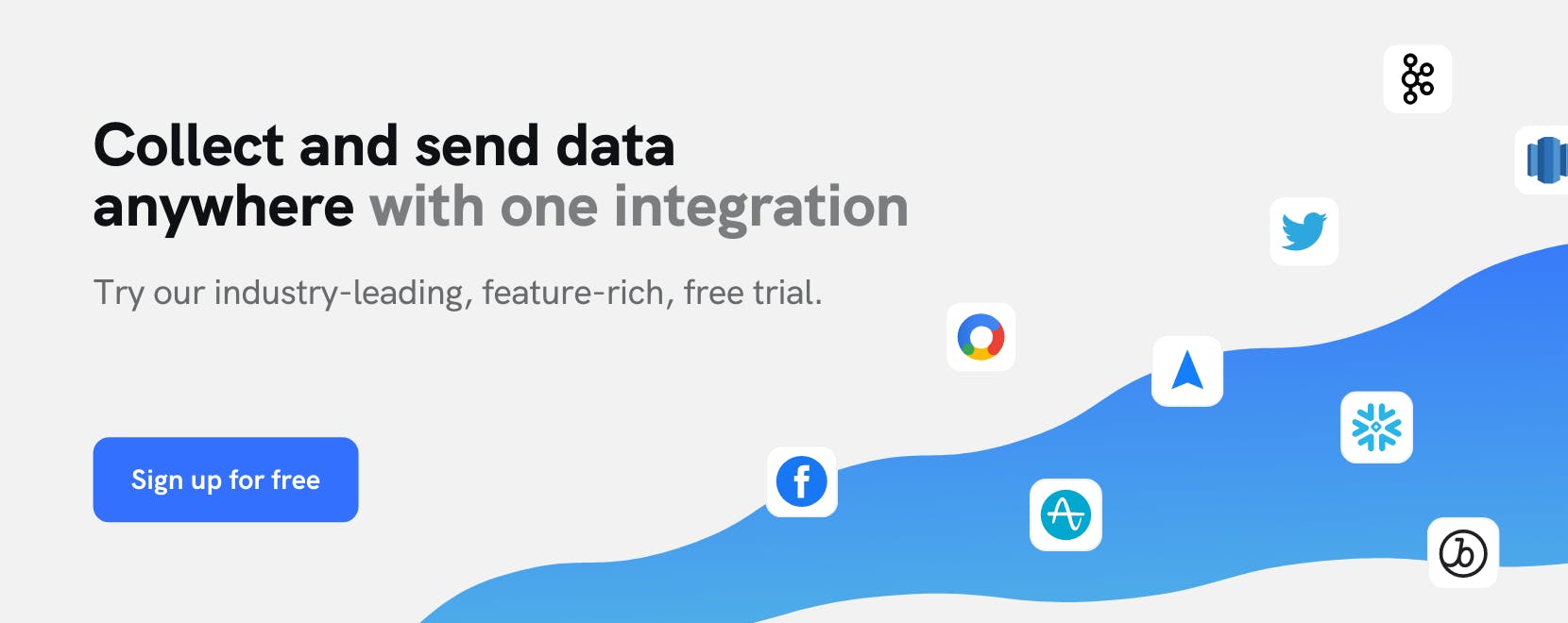Use Cases
Prompt active users to leave a product review with Braze

Having a system in place to generate product reviews can have a huge impact on future conversions.
Earlier in the funnel, a strong showing of positive reviews can be the exact reassurance prospective customers need before they convert and make a purchase. In fact, studies have found that products with reviews are 270% more likely to be bought than a product without (source), and 92% of consumers hesitate to convert when reviews are not available (source).
Further down the funnel, the act of submitting positive experiences in a product review has actually been shown to increase a customer’s lifetime value by 23% across verticals (source).
That said, requesting a product review from the wrong customer, at the wrong time, or through the wrong channel, can negatively impact the customer experience and lead to poor reviews.
Step 1: Identify high-value events
The first step to recognizing loyal customers is identifying the events that suggest loyalty. Additionally, being able to count the sum or frequency of actions taken over a specific period of time helps you understand engagement levels. mParticle's Calculated Attributes allows you to compute events and attributes about a single user over a certain period of time. Calculated Attributes can perform count, aggregation, occurrence, and list functions for any customer record. In this instance, for example, you can use Calculated Attributes to understand the number of logins that each user has made in the last 30 days.
Step 2: Build an Audience of loyal customers
Once you understand loyalty across all of your customer records, the next step is to isolate your most loyal customers. mParticle's Audience builder enables you to construct dynamic segments by querying any data point on your mParticle customer profiles, including Calculated Attributes. To identify loyal customers, you can define an Audience rules such as number of logins in the last 30 days is greater than x, or number of purchases in the last 30 days in greater than x. Once an mParticle Audiences is built, it will stay up-to-date dynamically and can be connected to multiple downstream tools.
Step 3: Connect your Audience to Braze
mParticle’s Braze Audience integration allows you to connect Audiences to Braze in real time for targeted engagement campaigns. After creating an Audience in mParticle and connecting to Braze, mParticle sets a custom attribute on each Braze user profile, which can then be used to define a corresponding segment in Braze. Audience membership attributes will stay up-to-date in real time, allowing you to create Audiences once and deliver targeted offers at scale.
Step 4: Activate your segment in Braze to reach loyal customers
Once the Audience has been created as a Segment in Braze, leverage Braze’s advanced engagement capabilities to prompt the target audience to leave a product review. For this use case, you can leverage Braze's push, in-app/in-browser messaging, content cards, email, or SMS features to prompt your loyal audience to leave a product review.

